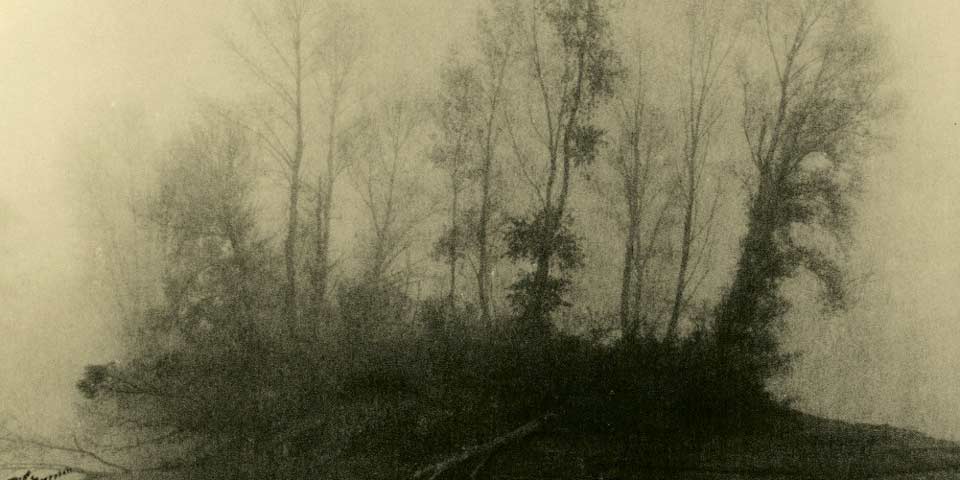
Ein Beitrag von: Michael Hummel
Lichtsensibles Papier zu verarbeiten, erscheint mir als eine exotische Beschäftigung, so dass man in der Bezeichnung auf das englische „Fine Art Printing“ zurückgreifen muss; „Vergrößerung“ oder „Kunstdruck“ sind ein wenig schwierig, noch schwieriger wird’s bei der Bezeichnung der ausführenden Person, die jetzt zu Wort kommt.
Warum ich mache, was ich mache.
Wahrscheinlich hauptsächlich deshalb, weil die erste Vergrößerung mich gleich wohlwollend aus der Wanne anlächelte. Ausgerüstet mit einer Zenit erwischte ich auf einem Wiener Nebenprater (dem Böhmischen Prater), einen Drehorgelspieler, der sich auch bereitwillig portraitieren ließ, zuvorkommenderweise ein schwarzweiß-freundliches Matrosenhemd trug und immer wieder lächelnd auf meine russische Kamera blickte.
In seiner darauffolgenden Eröffnung ist dann auch gleich der andere Pol bezeichnet: Er hat bei Leica gearbeitet und holte irgendwann einen Koffer mit Betriebsleicas raus – Wert eine Unsumme, Kapital halt. Die Zenit ist im Altenteil, aber ihre Rolle haben die Holgas, Isolas und Clacks übernommen.
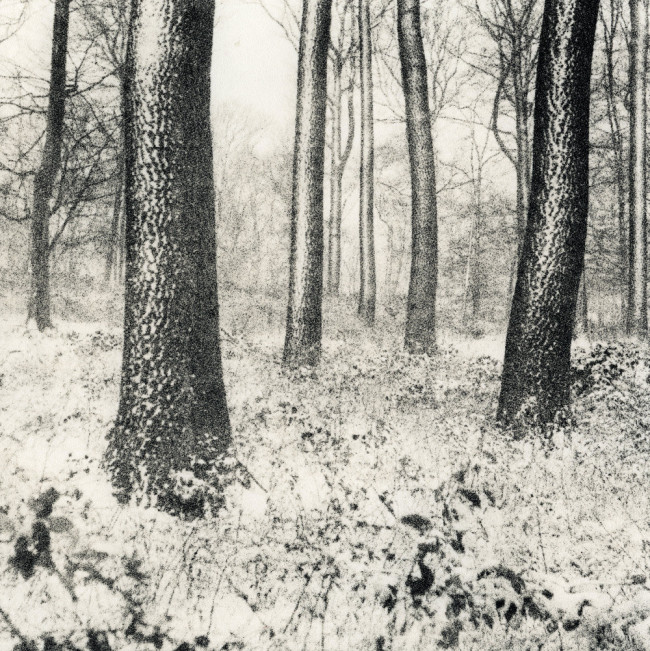
Was mache ich eigentlich als Printer? (Medienmassage)
Heutzutage eine gute Frage – eine für mich wichtige Antwort: Ich teile den Bildschöpfungsprozess in drei Abschnitte: Hinhalten und belichten, so entwickeln, dass ich’s nachher auf Papier bringen kann und ebendies durchaus meistgewichtet: Ich interpretiere die Negative immer wieder neu. Im dritten Schritt beginnt der Dialog mit dem Material, auch die Erdung, wenn man so will.
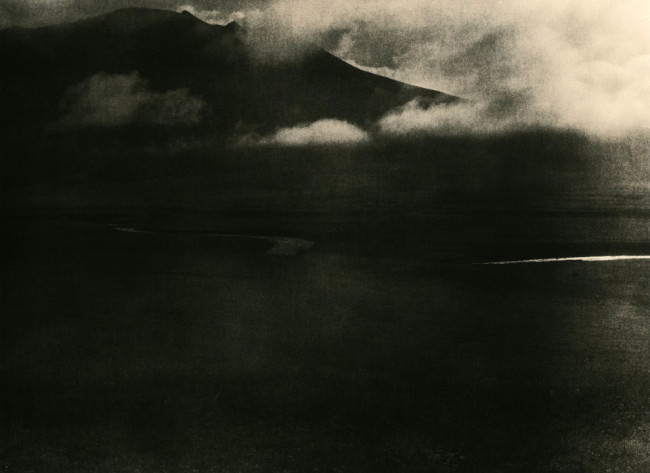
Beispielhaft wird dieser und diese am ehesten im Lithprozess. Die alten Papiere, die ich verwende, unterscheiden sich in der Reaktion allein schon durch die Oberfläche, d. h. dieselbe Emulsion, nur eine andere Oberflächenstruktur. Mattes Agfa Portriga Rapid kann jederzeit zu einer Kornflut anschwellen, filigranes (118) ist körnig aber, beherrschbar usw. Ähnliches gilt für die Färbigkeit.
Was mir für die ästhetische Diskussion relevant erscheint, ist, dass das Korn und die Farbe immer eine Wahl beinhalten und im Allgemeinen in sich stimmig sind (etwa bei einem Farbsplit – die Erdung durch das Material), aber möglicherweise die Anwendung auf das Sujet nicht nachzuvollziehen, dann bleibt nur die Neuinterpretation.
Das Medium hat Grenzen, wie jedes, an denen man zwar zupfen, sie aber nicht zerreißen kann. Schlagwörter wie „Tonwerte“, „Schmelz“, „Fleischigkeit“ seien genannt – nicht dazu gehört die Schärfe.
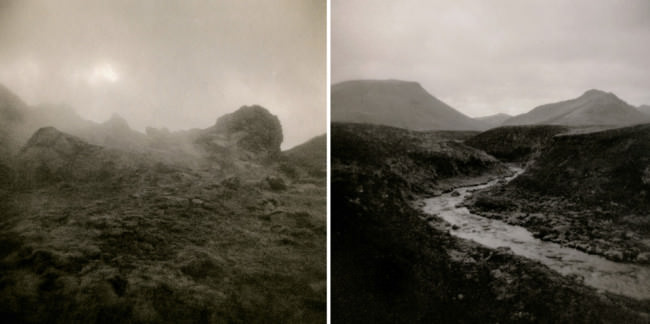
Eigentlich war die digitale Revolution das Beste, was der Analogfotografie passieren konnte. Kein Kampf, eher eine fruchtbare Rollenaufteilung, die digitale hält der anlogen den Rücken frei, also quasi der Khedira Ronaldos.
Für den Workflow des Printers eröffnet sich die nützliche Hybridverarbeitung: Ein kleinerer Analogprint wird eingescannt und groß und in identischer Qualität digital ausgedruckt (tatsächliche Reproduzierbarkeit). Dieses Verfahren erspart einem einerseits natürlich die lästige Retuschierarbeit mit dem Pinsel, andererseits ist es aber etwa nicht möglich, die gerade so spannende Oberflächenstruktur der älteren Papiere zu reproduzieren.
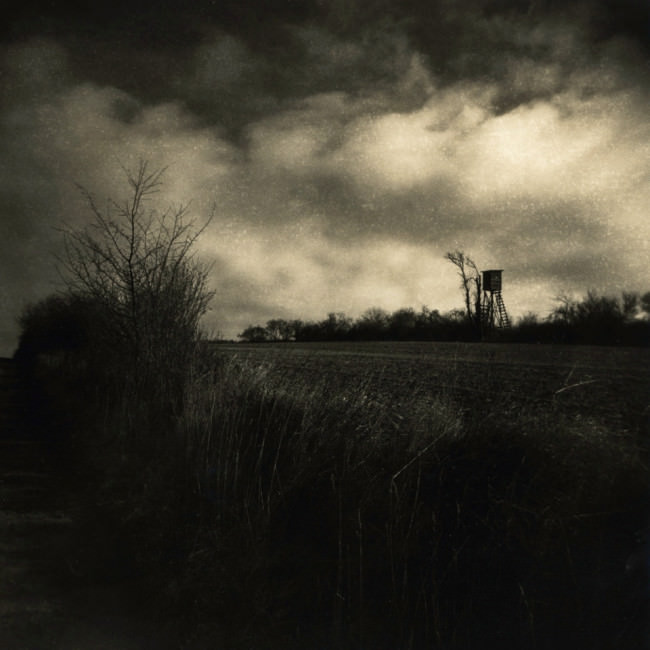
Für die meisten bedeutet der Negativscan aber der schnelle Weg in das jeweilige soziale Netzwerk. Wenn man sich dort in den analogen Kreisen ein wenig herumtreibt, was ich gern mache, stößt man teilweise auf verstörende Schlachtfelder.
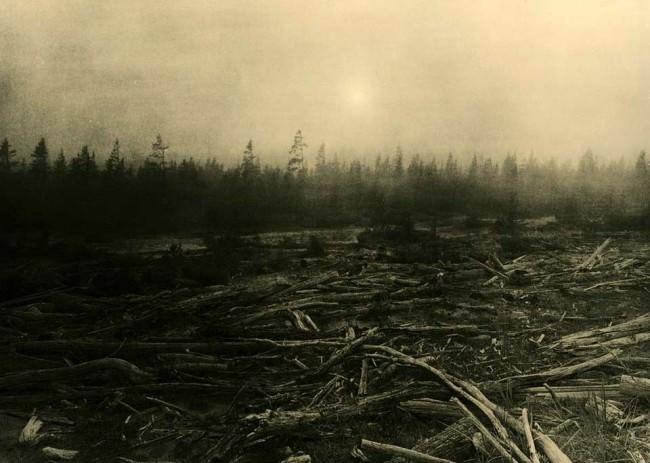
Der mediale Wechsel hat den Fokus der Analogen klar auf das Material gelegt, das vorher viel unbewusster verwendet worden war. Neben den melancholischen Fetischismen (bei mir twa die sich verlierende Oberflächen- und Emulsionsvielfalt der Papiere) tritt auf einmal der Fehler, das Unerwartete hervor.
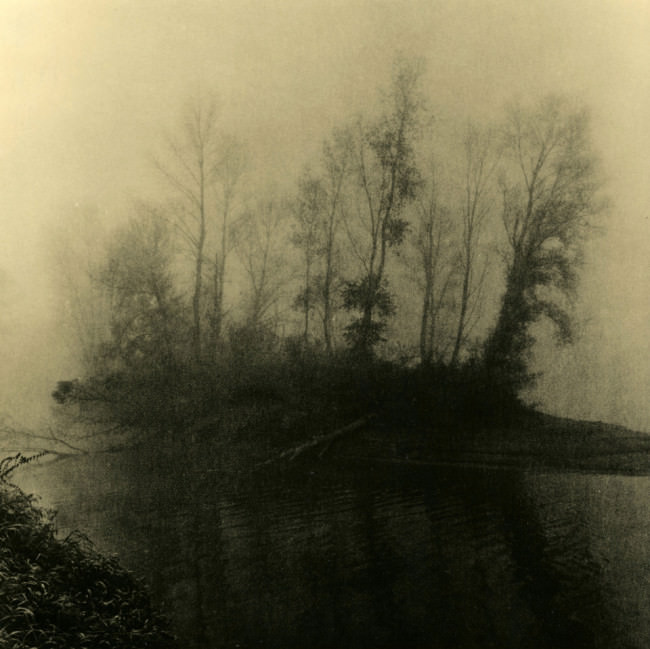
Im Negativprozess gesellt sich dann zur Zenit (Holga, Isola, usw.) auch der abgelaufene Film und im Falle des ganzen Zyklus die uralten Papiere. Der Makel wird geradezu zur Signatur des Analogen, die Ästhetik zu einer des Handicaps.
Ob und wie weit man dem folgen will, hängt von den persönlichen Vorlieben, aber eben auch vom Workflow ab. Ich brauche Emulsionsfehler weder auf Film noch auf Papier, schätze Plastiklinsen und viele alte Objektive ob ihrer sanften Tonabstufung, kann durchaus mit den Fehlern der einen oder anderen Vignettierung leben und arbeite immer wieder bewusst mit Pfefferkorn.
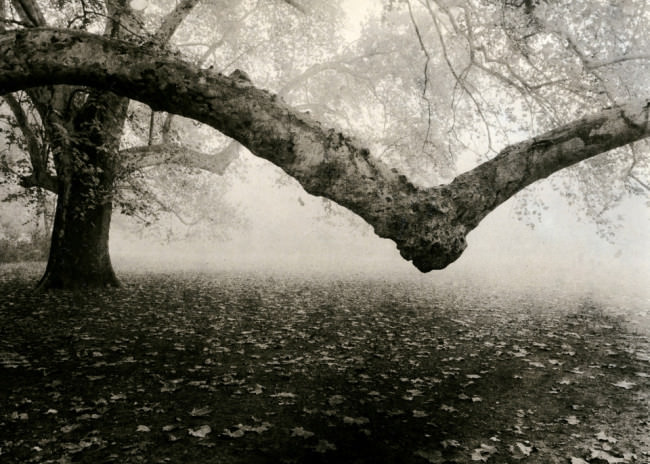
Landschaft
Warum Landschaft? Viele Antworten. Landschaft schließt fotografisch bei mir beide Randgebiete ein: Die Wildnis mit ihrer Bedeutungsherausforderung und die überstrukturierte ausgebeutete Natur mit eventuellem Schönheitsdefizit.
Tatsächlich ist „Landschaft“ ein sehr später Fokus bei mir, man könnte sagen, ich musste das als Stadtkind erst noch lernen und viel dazu beigetragen haben meine Fernreisen per Rad.

Außerdem ist die Landschaft ein beliebter Reibebaum der Fotografie, wie man auch den Reaktionen auf einen Artikel von Martin Gommel hier entnehmen kann.
Da bleibt mir die dankbare Aufgabe, das Ganze (der Status Quo der Landschaftsfotografie, wenn man Explore und Konsorten als repräsentativ ansieht, ist fantasielos, erbärmlich und vor allem ohne Liebe gekocht) von der positiven Seite her aufzuziehen.

Viele Wege führen zur De- und Rekonstruktion von Wahrnehmung; da wäre die Entdramatisierung (keine Lichtspiele) und das Ins-Zentrum-Rücken von anderwärtig als banal abgekanzelten Motiven; das Hyperreale und die Kamerabewegung und natürlich die Ästhetik des Handicaps.
Tja und da muss ich sagen, es gibt etwa auf Flickr eindeutig mehr als zwei Fotografen, die es schaffen, meine Landschaftwahrnehmung immer wieder neu anzustoßen.
Das Ziel des Anstoßens ist sicher zuerst einmal die Verfremdung (Schklowskis ?????????e) durch die wenig getreue Abbildung. Verfremdung ermöglicht Befreiung aus Sehgewohnheiten und setzt die für die Betrachtung nötige Distanz. Außerdem testet sie das Motiv auf seine Beständigkeit, sie schneidet den leichten Rezeptionsweg über das Spiel der Signifikanten („lovely detail“, „Wie schön die Rinde rauskommt“) ab.
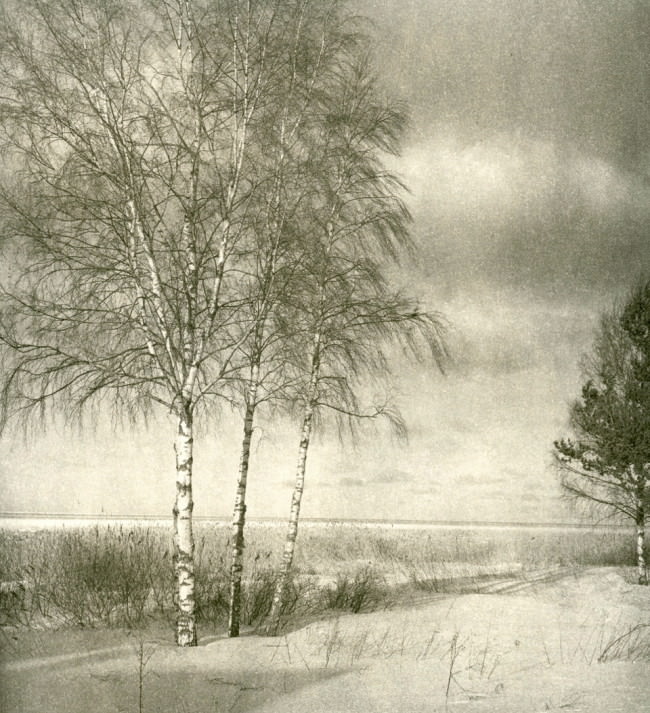
Ein nicht ganz modernes Zitat, das uns aber gelegen kommen könnte:
We shall now discuss the relation of pictorial art to nature, and shall show the fallacy of calling the most scientifically perfect images obtained with photographic lenses artistically true.
They are not correct, as we have shown, and shall again show, but what is artistically true is really what we have all along advocated; that is that the photographer must so use his technique as to render a true impression of the scene.
The great heresy of sharpness has lived so long in photographic circles because firstly the art has been practised by scientists, and secondly by unphilosophical scientists […]
(P.H. Emerson, Naturalistic photography for students of the art. London 1889. p. 114)
(Sinngemäß: „Wir sollten nun das Verhältnis von Bildkunst zur Natur erörtern und den Trugschluss hinterfragen, dass das wissenschaftliche perfekte Bild, das mittels fotografischer Linsen hergestellt wurde, künstlerisch ‚wahr‘ ist.
Dieses Bild ist, wie wir gezeigt haben und zeigen werden, nicht künstlerisch ‚wahr‘. Künstlerische Wahrheit ist hingegen: Dass der Fotograf seine fotografischen Fähigkeiten dafür nutzen muss, einen Eindruck der Szene wiederzugeben.
Die große Häresie der Schärfe gibt es in Fotografenkreisen schon so lange, weil diese Ausdrucksform erstens von der Wissenschaft benutzt wurde und zweitens von unphilosophischen Wissenschaftlern.“)
Zu den „most scientifically perfect images“ braucht man in unserem Kontext nicht viel zu ergänzen, mein Lieblingsteil ist aber eindeutig die „große Häresie der Schärfe“. Die Schärfe als mediale Begründung der Fotografie hat eigentlich ausgedient, sie verkauft sich allerdings nicht nur gut, sondern sie ist quasi ein Sparbuch: Wenn nix anderes geht, kann man auf sie zurückgreifen.
Die Unschärfe ist nicht das einzige Tabu der Landschaftsfotografie (ich denke da etwa an „f/64“), andere wären Emotionalisierung und Subjektivität.
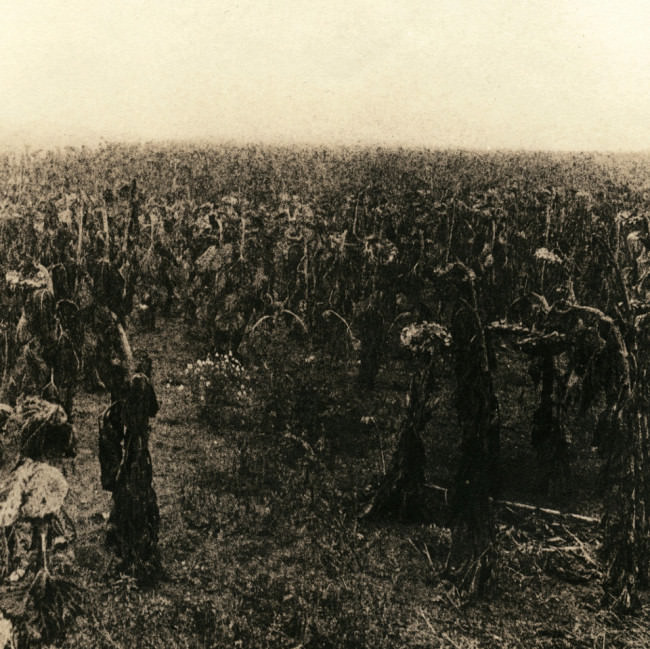
Der Baum vor dem Kopf, die Gnomperspektive, das Einbeziehen des eigenen Schattens, alles kleine Brüche, die im Allgemeinen wenig Variationsspiel lassen und damit den Manierismus im Rucksack führen, allerdings zum richtigen Zeitpunkt auch die richtige Medizin sein können.
Doch die vielen subjektiven Wege können auch den intersubjektiv akzeptierten Weg der Wahrnehmung deformieren, verschieben. Es wird ganz allgemein immer eine Herausforderung bleiben, die sozialen und medialen Nebengötzenopfer stets beiseite lassend (ich mag auch knackige Schärfe, vor allem relative Schärfe und auch die Rindenstruktur von Bäumen) das geltende soziale Konstrukt der Wahrnehmung anzugreifen und als Ziel bietet sich vor allem die „objektiv“ gehegte Landschaftsfotografie an.
Noch viel mehr von meinen Prints gibt es auf meiner Webseite. Ab dem 10.02. sind meine Arbeiten außerdem bei der Ausstellung „Innere Panoramen“ im Rahmen der Industrial Motion Art in Wien zu sehen.

kwerfeldein – Fotografie Magazin | Fotocommunity























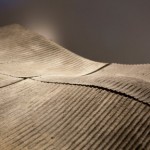
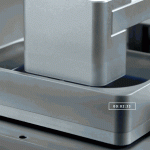
















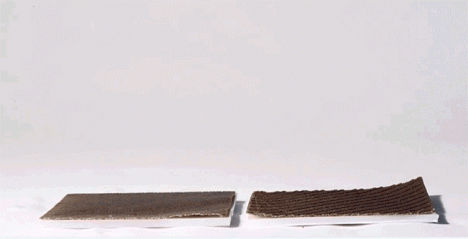

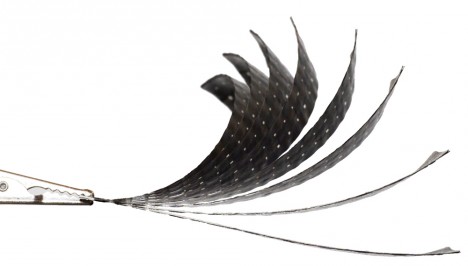
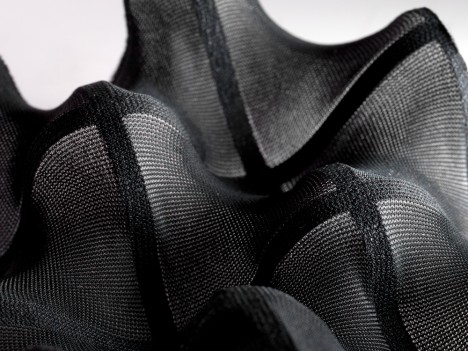
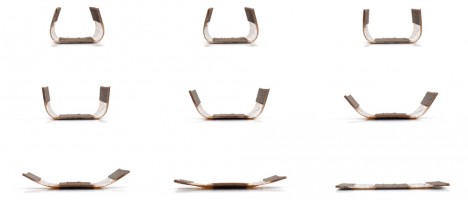
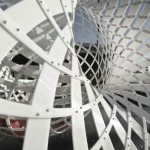
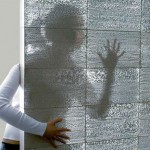
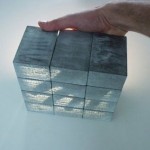
You must be logged in to post a comment.